二万五标签
长征计划:违章建筑三——特区(北京展)
地点:北京长征空间(前称二万五千里文化传播中心)
展期:2018年7月21日至8月26日
艺术家:约翰•杰勒德、何锐安、刘窗、陆平原、长征集体、SCV、苏予昕、耳石小组、山寨歌词、吴山专 & 英格-斯瓦拉•托斯朵蒂尔、汪建伟、王梓、颜磊、郑源
策展:长征计划
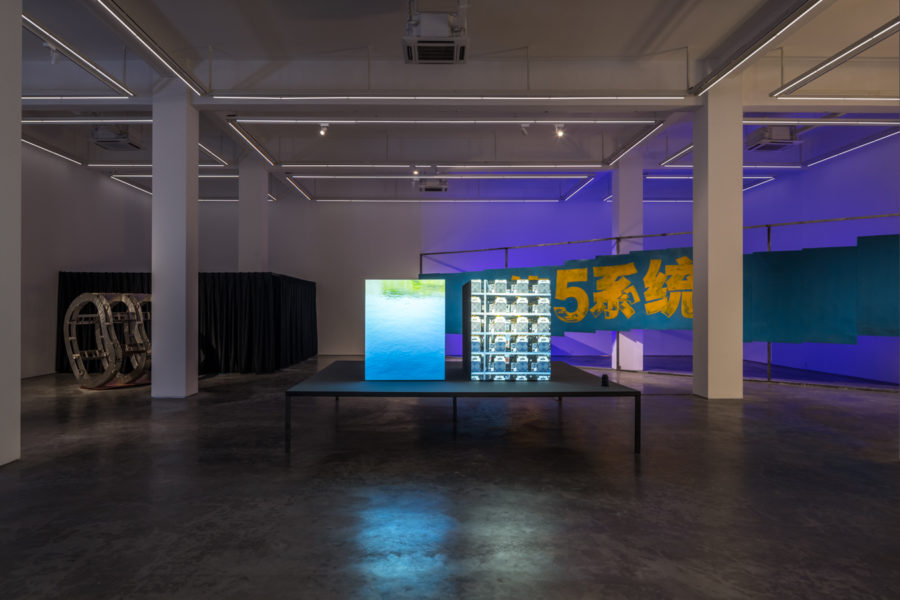
“长征计划:违章建筑三” 是延续自2006年及2008年系列展览的最新一期,项目以违章的临时性作为隐喻 ,发展出各种感知当下政治、社会、经济和文化现实的视觉工作方法。“违章建筑” 在这里并不是建筑形式的指称,它泛指各种运用非常规的策略来对应新的社会情况的生命形式。这些自发性的精神建筑也许原本仅仅是应急之用,但在后规划的时代中,非正式和不稳定性反而成为常态。而 “违章建筑” 系列主张以下具有生产性的观点:应该将违章建筑的非常规状态和永久性建筑的常态关系两者反转看待。
这种永久的非正式性其实就镶嵌在中国自改革开放以来的技术和资本的增速当中,特区便是一个典型的非常规试点成为常态的例子。
而改革开放的重要性除了引发科学技术、资本与时间观层面的一系列转向以外,一般而言,改革开放开始的1978 年也往往被视为中国当代艺术的起点。尽管如此,当代艺术并不经常提供一种本体论的反观角度来形绘改革开放在认识论层面上所带来的变革。在这个背景下,“长征计划: 违章建筑三” 是 “违章建筑“ 系列的进一步尝试。一系列对改革开放、当代技术及资本速度的思考以视觉展示、读本、表演现场以及视听采样四个独立又互补的文本呈现。在视觉展示的项目中,艺术家们以取样的方式,分别从历史或者推演性的角度,捕捉这段加速度的历史,并尝试将这股抽象的力量赋予可辨识的形象:
刘窗以加速主义的思考框架重新诠释既有的改革开放历史;
约翰• 杰勒德的幽灵镜头将加密货币流以及供应电源的水流重叠起来;
从抽象到抽象,颜磊以一块名为第五系统的色域,减缓无形资本在地表的流动速度;
追踪矿物的消费和流通——汪建伟阅读中国当下的产能过剩,而王梓则为地球创伤展开一场仪式;
何锐安陈述金融资本的非人类速度,以及它被归为亚洲血统的过程;
陆平原用故事给机械注入新的幽灵;
视听采样——SCV 以此观察社会主义的文化现实,而山寨歌词则将山寨运动视为一种自动化诗意的生产方式;
郑源通过调查一个曾经存在过的航空公司,呈现了一段确凿的历史和其背后失速的流动;
吴山专 & 英格- 斯瓦拉• 托斯朵蒂尔的观念杠杆企图加速社会-美学层面的解放;
耳石小组的反魔法让触屏系统和资本主义的欲望捕捉术脱钩;
苏予昕把绘画视为一种逆向工程,并将触屏手机的晶片软硬件层理推向人们的眼帘。
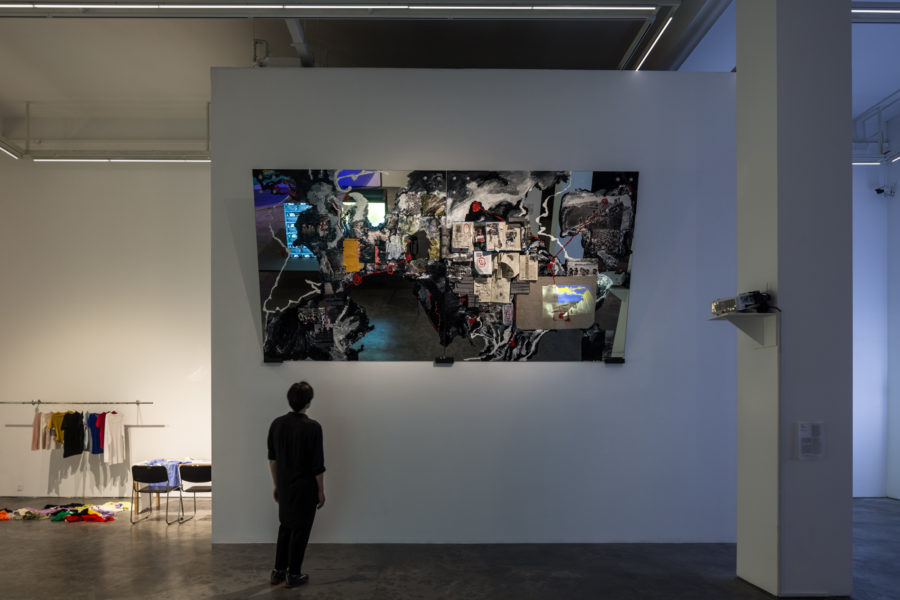
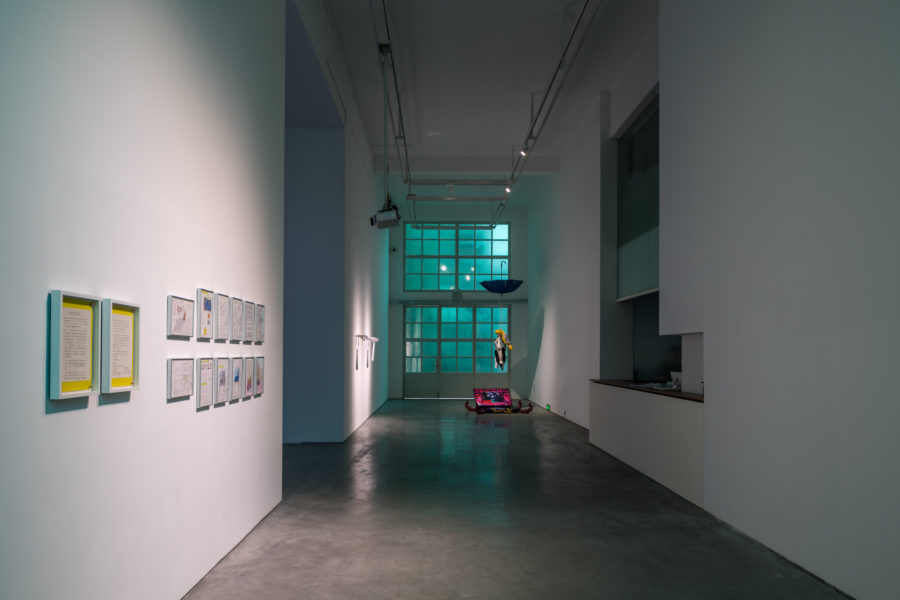
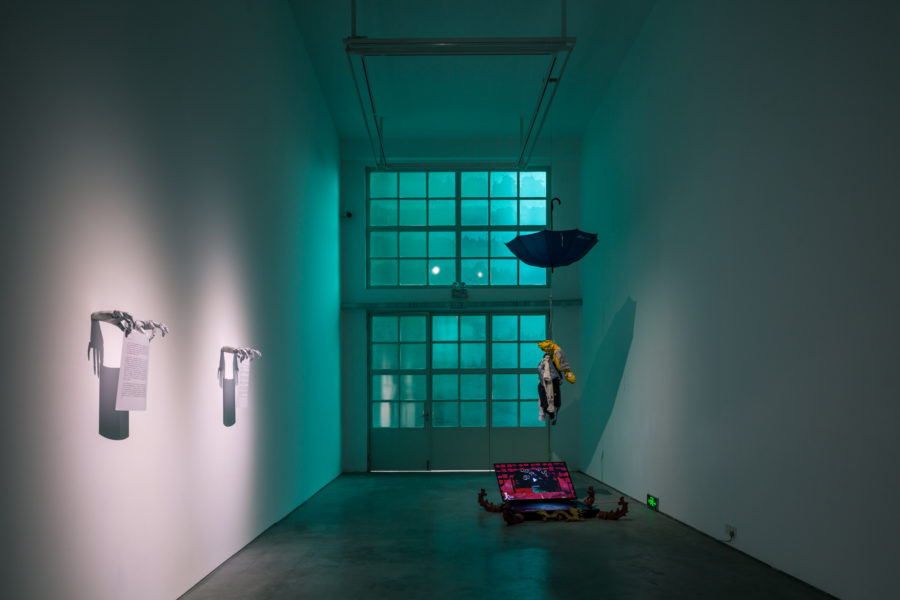
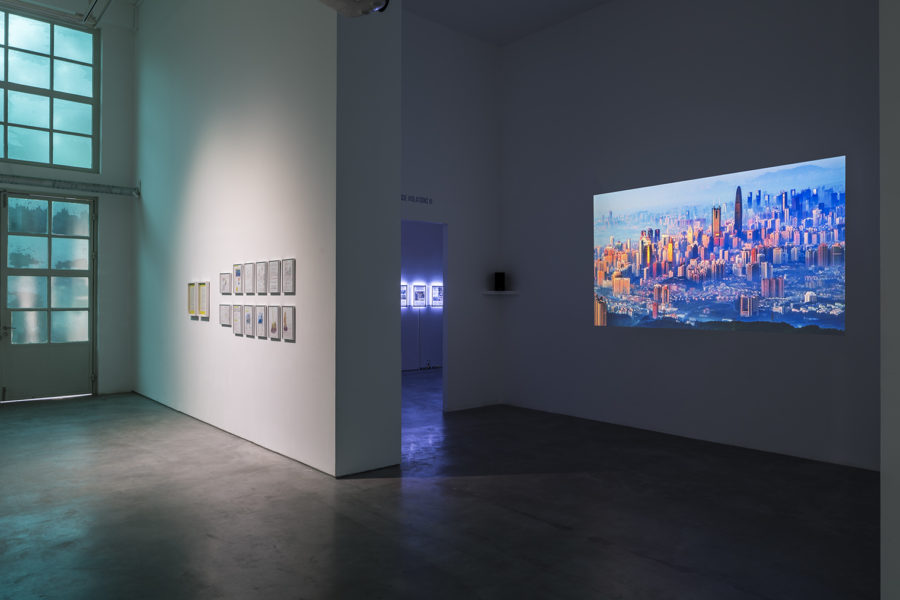
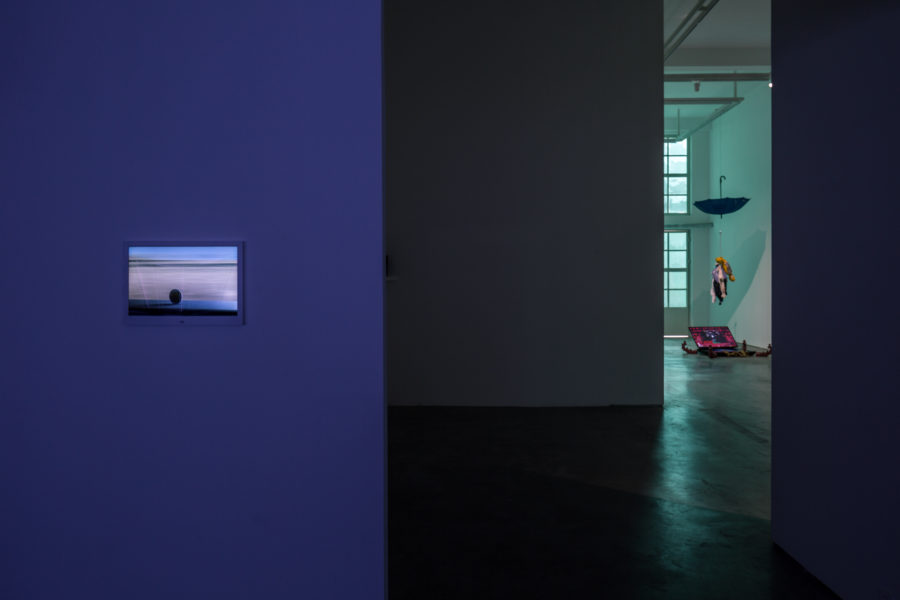
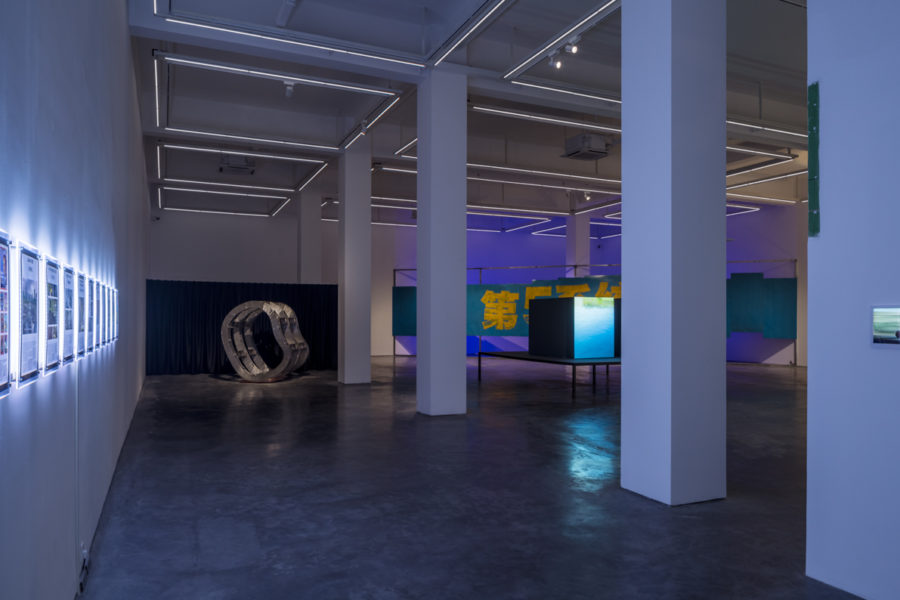
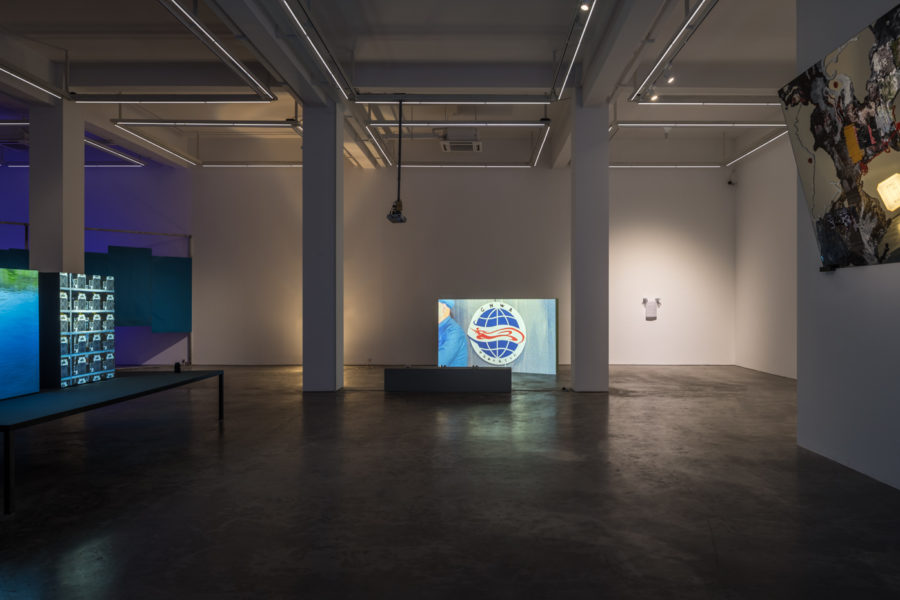
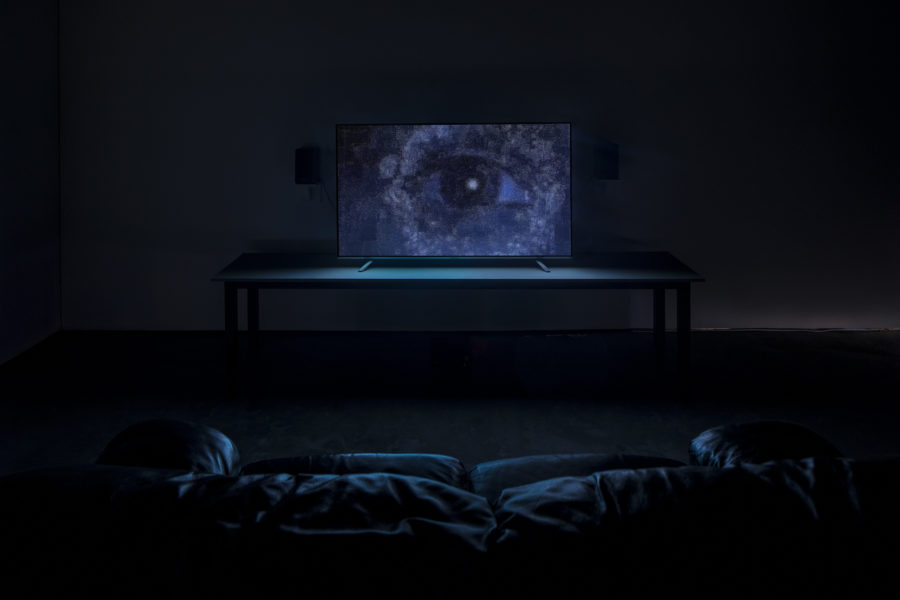
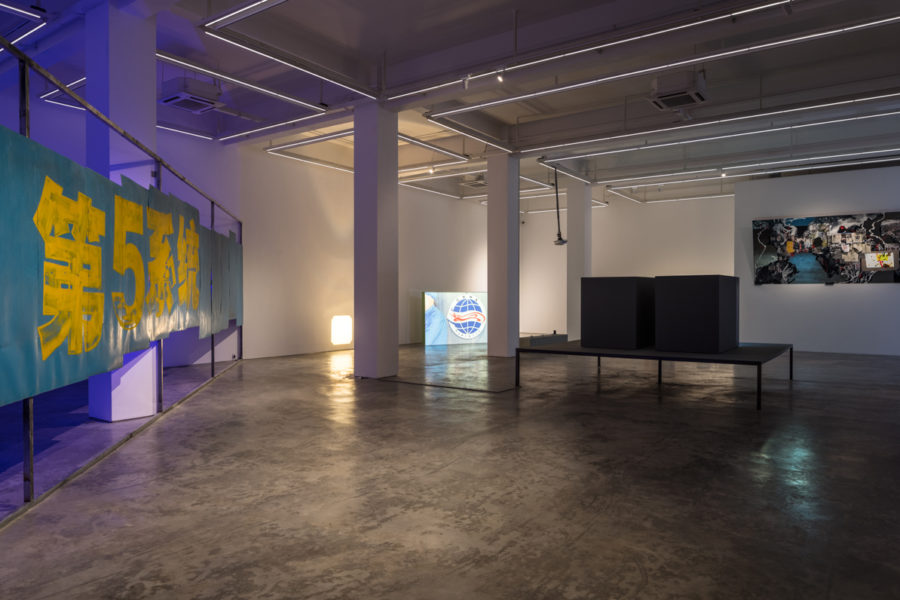
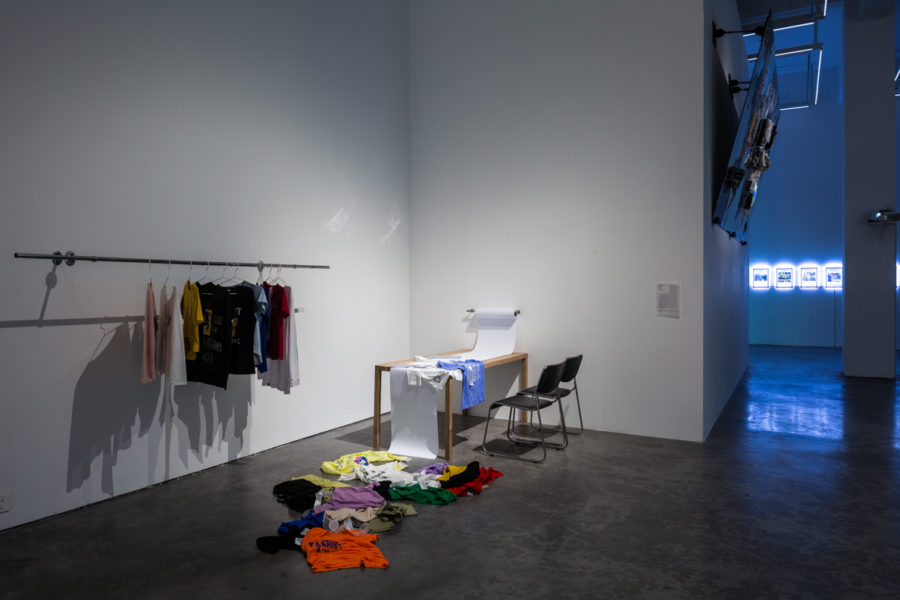
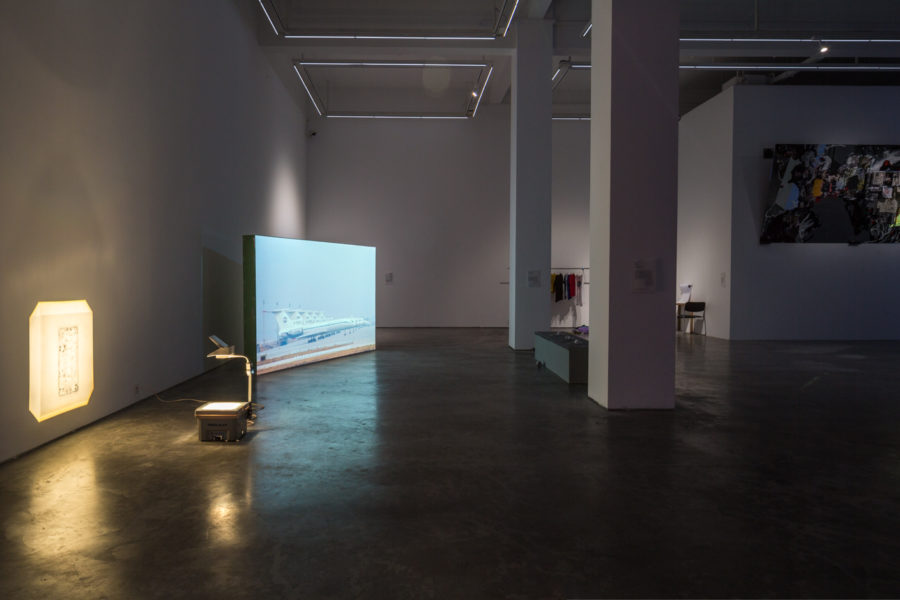
“长征计划:违章建筑三” 是延续自2006年及2008年系列展览的最新一期,项目以违章的临时性作为隐喻 ,发展出各种感知当下政治、社会、经济和文化现实的视觉工作方法。“违章建筑” 在这里并不是建筑形式的指称,它泛指各种运用非常规的策略来对应新的社会情况的生命形式。这些自发性的精神建筑也许原本仅仅是应急之用,但在后规划的时代中,非正式和不稳定性反而成为常态。而 “违章建筑” 系列主张以下具有生产性的观点:应该将违章建筑的非常规状态和永久性建筑的常态关系两者反转看待。
这种永久的非正式性其实就镶嵌在中国自改革开放以来的技术和资本的增速当中,特区便是一个典型的非常规试点成为常态的例子。
而改革开放的重要性除了引发科学技术、资本与时间观层面的一系列转向以外,一般而言,改革开放开始的1978 年也往往被视为中国当代艺术的起点。尽管如此,当代艺术并不经常提供一种本体论的反观角度来形绘改革开放在认识论层面上所带来的变革。在这个背景下,“长征计划: 违章建筑三” 是 “违章建筑“ 系列的进一步尝试。一系列对改革开放、当代技术及资本速度的思考以视觉展示、读本、表演现场以及视听采样四个独立又互补的文本呈现。在视觉展示的项目中,艺术家们以取样的方式,分别从历史或者推演性的角度,捕捉这段加速度的历史,并尝试将这股抽象的力量赋予可辨识的形象:
刘窗以加速主义的思考框架重新诠释既有的改革开放历史;
约翰• 杰勒德的幽灵镜头将加密货币流以及供应电源的水流重叠起来;
从抽象到抽象,颜磊以一块名为第五系统的色域,减缓无形资本在地表的流动速度;
追踪矿物的消费和流通——汪建伟阅读中国当下的产能过剩,而王梓则为地球创伤展开一场仪式;
何锐安陈述金融资本的非人类速度,以及它被归为亚洲血统的过程;
陆平原用故事给机械注入新的幽灵;
视听采样——SCV 以此观察社会主义的文化现实,而山寨歌词则将山寨运动视为一种自动化诗意的生产方式;
郑源通过调查一个曾经存在过的航空公司,呈现了一段确凿的历史和其背后失速的流动;
吴山专 & 英格- 斯瓦拉• 托斯朵蒂尔的观念杠杆企图加速社会-美学层面的解放;
耳石小组的反魔法让触屏系统和资本主义的欲望捕捉术脱钩;
苏予昕把绘画视为一种逆向工程,并将触屏手机的晶片软硬件层理推向人们的眼帘。












